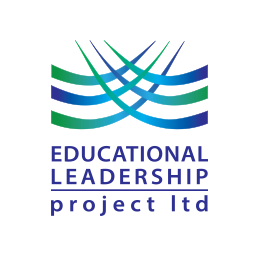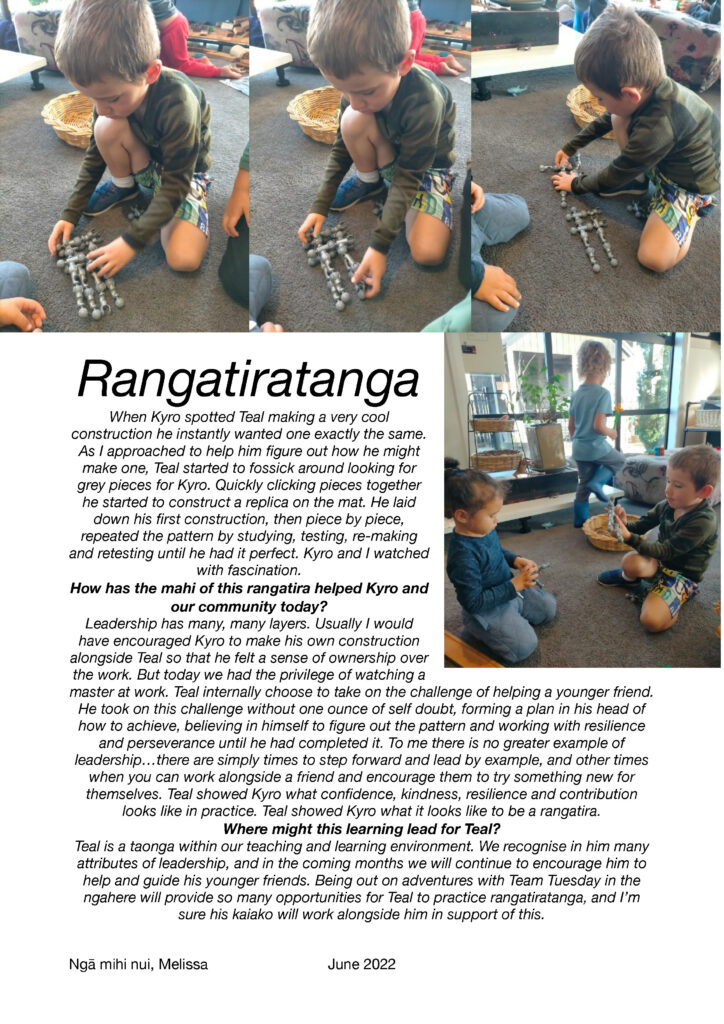Kaiako Wellbeing
Lorraine Sands, 10 August 2022
I’ve been thinking about kaiako wellbeing for a long time now and Learning Story narrative assessment. Curiously, I think the two are linked…
Wellbeing is nuanced. There are many layers and it is the interconnection between these that I think either empowers us to surmount tricky feelings and be resilient or may indeed overwhelm us at times. I’m not going to talk about mindfulness because I tend to think that has a whole series of perspectives that might just actually put some of us off the actual job of seeing our world in positive ways and this is uniquely situated within each of us.
What I do think is important is values-driven action. A combination of what Guy Claxton has referred to in the past as the “4 Rs” is a very useful place to start. And these are verbs that require active participation and continued action so I’m putting the word “being” in front of each because there is an element of presentness (being in the moment, listening, empathic).
Being resilient: This is grit. The times you get back up when things get tricky and resist being overwhelmed, controlling these big emotions and doing something about them. I don’t think emotions shift without movement, so staying still keeps us entrapped in these feelings, but what to do can sometimes be elusive. Like any disposition to be resilient takes practice.
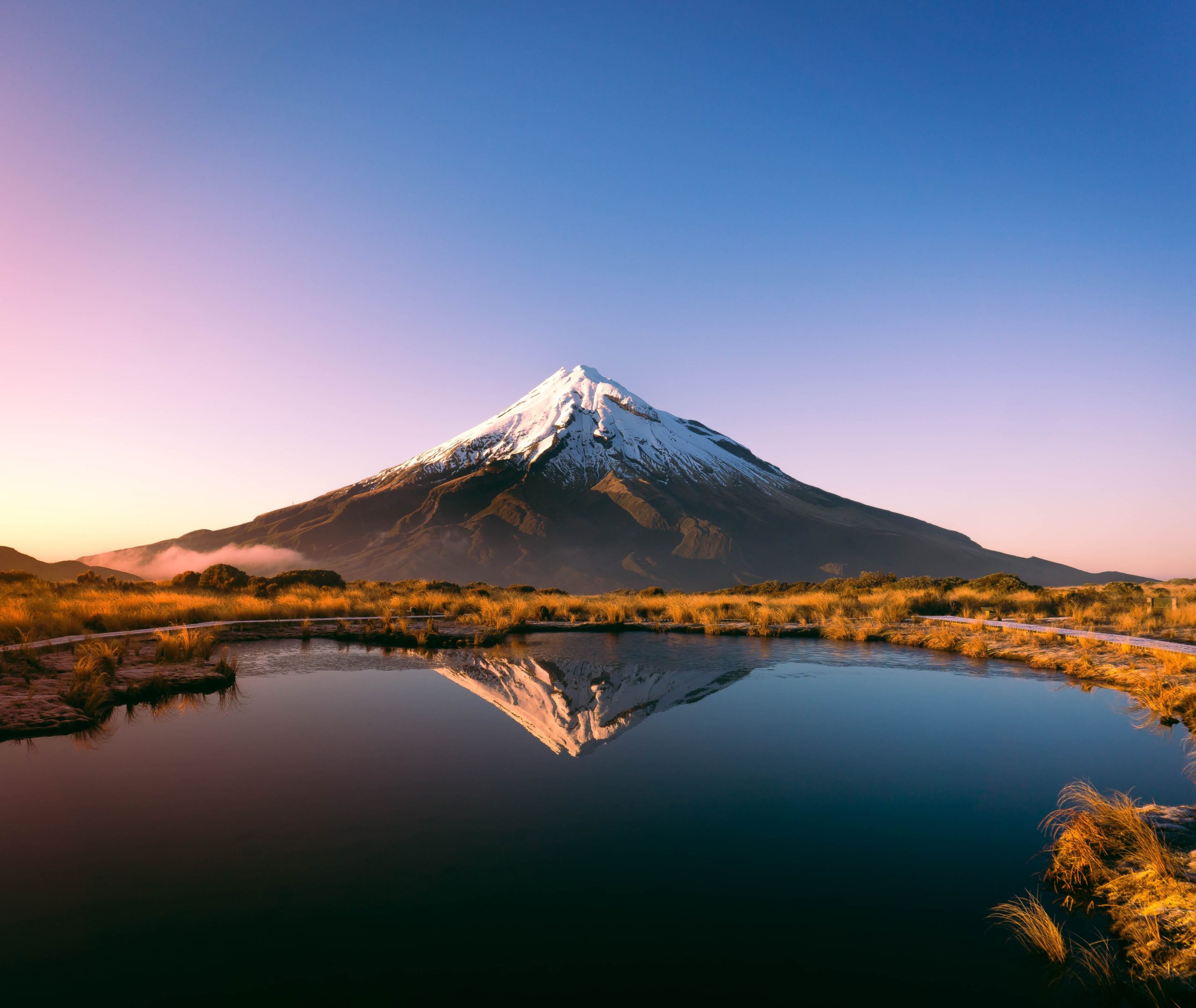
Photo by Sophie Turner on Unsplash
Being resourceful: This is a creative endeavour and thinking again about Guy’s view of the world, we become water thinkers, rather than rock thinkers. I like the way this means obstacles don’t impede us, we creatively respond in ways that water flows around, under and over to create solutions.
Being reflective: We can’t do any of this without knowing ourselves and this means knowing ourselves in the context of our lived experiences. What happened yesterday informs today and travels into future action. This is not about being strong as individuals so much as being in connection with community. I think independence is rather overrated, for it is as we connect with each other and look outwards for towards community wellbeing that we step outside ourselves and get perspective. This takes us to the last of the “4 Rs”.
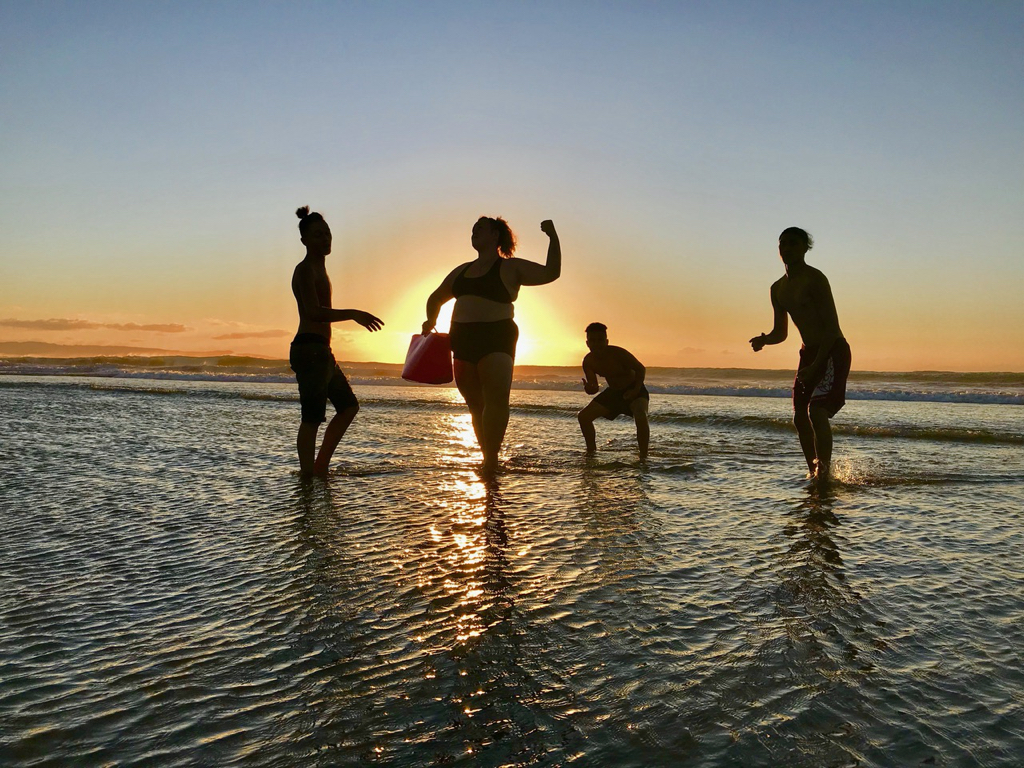
Being Reciprocal: I particularly love this aspect because it is about empathy, the ability to see something from another’s perspective. It somehow makes us kinder, more willing to judge less and be present with the people that matter to us and those beyond that make up our wider community. This is not sympathy. This is a genuine desire to understand the feelings of others and to respond in ways that make a difference to how each of us feel.
Now, you may be wondering why I think wellbeing and learning story narrative assessments are connected. Imagine if we all begin to see children in the light of Te Whāriki principles and strands where we engage in mana-enhancing ways to enable mokopuna to have agency for their learning—where they get to choose from a vibrant learning environment the aspects that matter to them. Then we offer the time and space for experiential learning to happen. Imagine ensuring our mokopuna have access to children older and younger than themselves. (In this sense, why have we shifted very young children into age-zoned spaces, limited space and time-defined routine-focused activities? Another blog perhaps because this could be seen as siloing children away from the reality of the communities they actually live in. There is much to consider.)
Added to Te Whāriki aspirations, we view mokopuna as being resilient, resourceful, reflective and socially responsive. What would happen to the learning stories we write? What learning would we focus on? Certainly not task-oriented, skills-driven activities designed to prove learning. Rather we would see the continuity of learning from past lived experiences and search for the connections that drive growth within the context of our community. And wouldn’t we want to share these with each other? In this way we would expand our view of the valued learning happening for each of our children, and we would have a more reflective view of the depth of this learning formed in the social context and place of that learning. We could then all respond more authentically because the layers of learning would be lifted. Once we rid ourselves of task-driven assessment, completed because we think we have to do this, often, because someone else tells us it’s important, we begin to feel connection. Connection has connotations of “making a difference”. When we repeat these connected learning stories as part of our own rhythm in our days, we begin to feel that what we do is worthwhile. When we are in a community where we all work in this way the feelings compound and I think they have inordinate effects on the way we feel, generating a sense of wellbeing that is palpable.

Yet, this may not be your experience. Leaders in your place may not see formative assessment and its impact on learning quite like this. However, we are not impotent. We can advocate for change and most importantly we can change ourselves. There is nothing more powerful than modelling wise practice, consistently, with courage and with grace. I urge you to really think about the kind of wellbeing you want to achieve, for yourself and within your teams and begin, practice and stretch. Find like-minded colleagues and value your connection with each other. I want to make sure this has a practical face to it so I’m adding a learning story that I think epitomises this way of being.
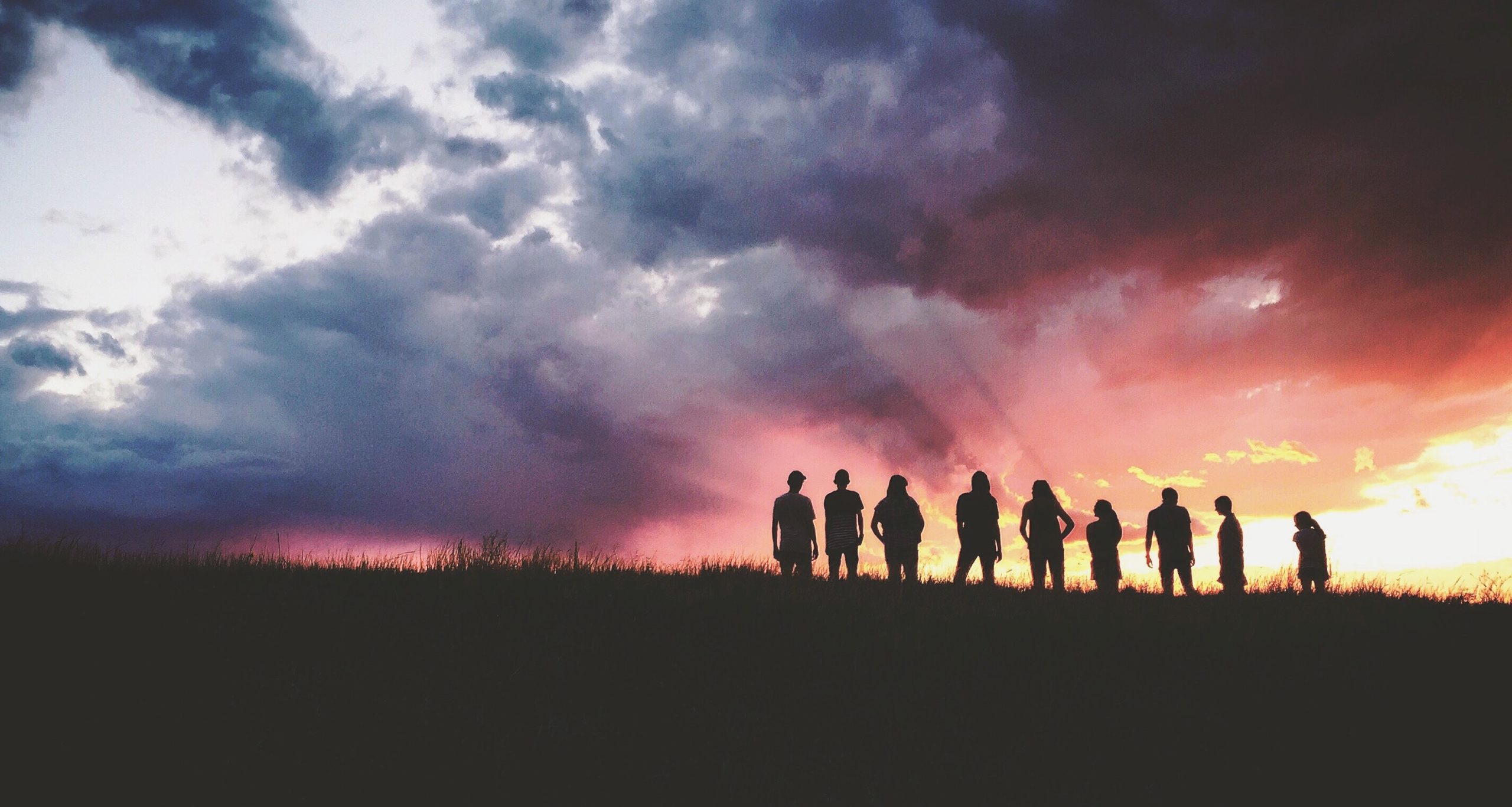
Photo by Hudson Hintze on Unsplash
